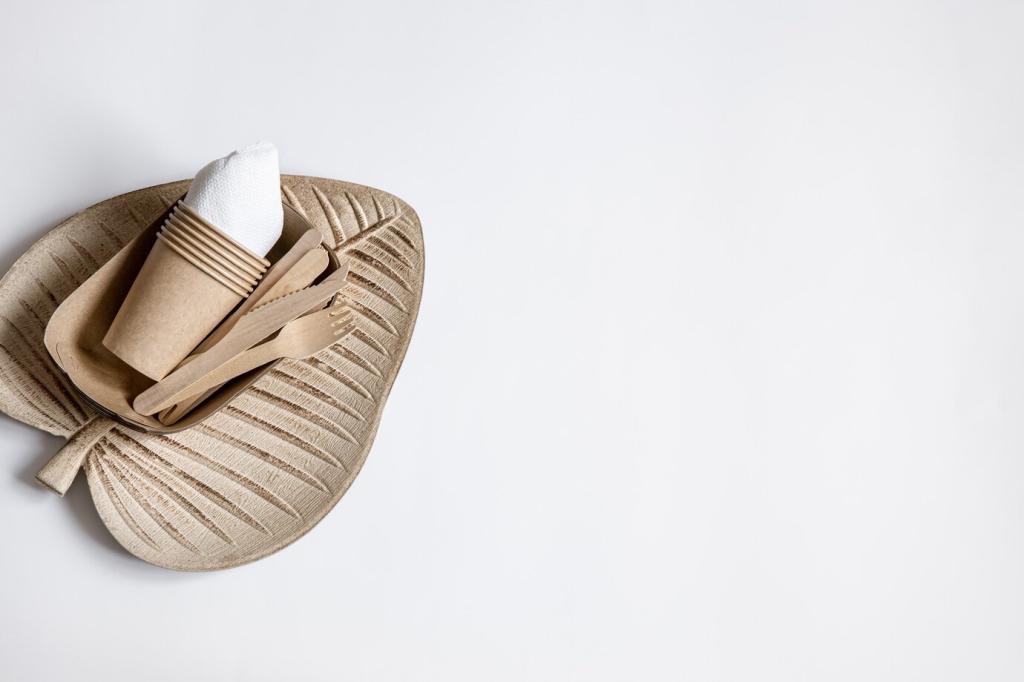Welcome to a calm, grounded approach to living rooms where less feels richer and nature leads the way. Explore earthy palettes, honest materials, and biophilic touches that turn everyday space into a sanctuary. If this resonates, subscribe for weekly nature-first design prompts and share your own living room snapshots with us.
Foundations of a Nature-First Minimalist Living Room
Think soft clay, sand, moss, fog, wheat, and slate. These gentle hues quiet visual noise and echo landscapes we love. Try a fog-gray sofa, wheat-toned rug, and a single moss throw. Share your palette experiments with our community.

Foundations of a Nature-First Minimalist Living Room
Layer tactile calm: open-grain oak, linen with slub, sisal, and hand-thrown ceramics. Texture replaces clutter by creating sensory depth. One reader swapped glossy plastics for linen slipcovers and instantly noticed longer, quieter conversations in the room.
Furniture and Layout That Breathe
Anchoring Pieces with Organic Profiles
Choose a low, clean-lined sofa, a round wood coffee table, and one sculptural lounge chair. Curves echo river stones; tapered legs lighten the silhouette. When I replaced a blocky couch with a soft-shouldered one, conversations felt noticeably easier.
Circulation Paths Shaped by Light
Let pathways follow daylight from window to interior wall. Keep at least ninety centimeters clear for walking. Avoid furniture that clips your stride. A reader discovered that shifting a side table thirty centimeters opened a serene, sunlit route.
Flexible Zones for Calm and Conversation
Create two micro-areas: a reading nook by a plant and a conversation circle near the window. Use a movable stool that doubles as a tray table. Flexibility prevents clutter from permanent surfaces and supports many moods in one room.

Materials and Finishes with Integrity
Warm Woods with Visible Grain
Choose oak, ash, or walnut with matte finishes that honor grain. Avoid heavy orangey stains that dominate. A simple beeswax rub on an oak bench can transform glare into softness while allowing time and touch to write gentle stories.
Stone, Clay, and Honest Ceramics
A slate tray, travertine side table, or clay lamp base adds grounded weight without visual noise. Irregular edges and tiny speckles feel human. One heirloom bowl, filled with pinecones or river stones, can carry the season quietly and beautifully.
Breathable Fabrics That Age Gracefully
Linen, cotton, and wool breathe, resist static, and welcome bare skin. Choose neutral weaves with subtle visual texture. Launder slipcovers gently and skip heavy fragrances. Over time, faint creases and softened fibers tell a comforting, lived-in story.
Lighting That Mimics the Outdoors

Keep window treatments light and sheer; mount curtain rods high to lift the ceiling. Place mirrors to bounce morning light across the floor. After switching to unlined linen curtains, a reader noticed plant growth explode and screen time quietly shrink.
Group plants by light and watering needs: snake plant and ZZ for low light; ficus and monstera for bright indirect. Use terracotta for breathability. A single thriving plant is more uplifting than five stressed ones crammed into a dark corner.

Editing, Display, and Personal Story
01
Display three meaningful objects instead of twenty: a driftwood piece from a coastal walk, a handwoven basket from your grandmother, a stone found on a mountain trail. When things carry memory, they need less decoration to feel complete.
02
Dedicate a single shelf to seasonal vignettes: a dried grass bundle in autumn, citrus branches in winter, wildflowers in spring. Update monthly. This gentle rhythm turns your living room into a living journal you can photograph and share.
03
Choose one large, nature-leaning artwork instead of a busy gallery. It anchors attention and reduces visual chatter. Our readers’ favorite tip: swap frames for wood dowel hangers and linen backdrops to keep the look light, tactile, and changeable.
Sustainable Choices That Last
Ask: Where did this come from, how will it age, and where will it go next? Solid wood can be repaired; veneers need gentler care. Choosing fewer, better items makes future edits painless and keeps landfills a little lighter.
Sustainable Choices That Last
Keep a small kit: beeswax polish, wood touch-up crayon, fabric shaver, upholstery brush. Scheduled care days become calming rituals. The more you maintain, the more pieces earn their place—and the more your living room feels quietly beloved.

